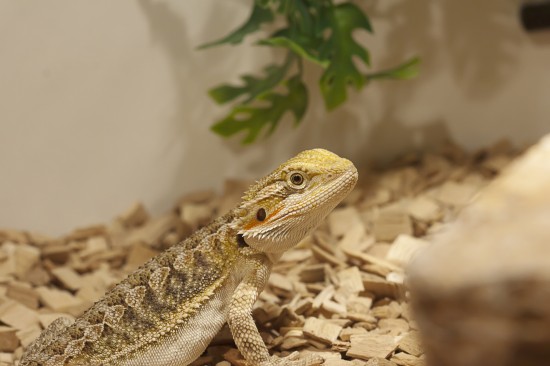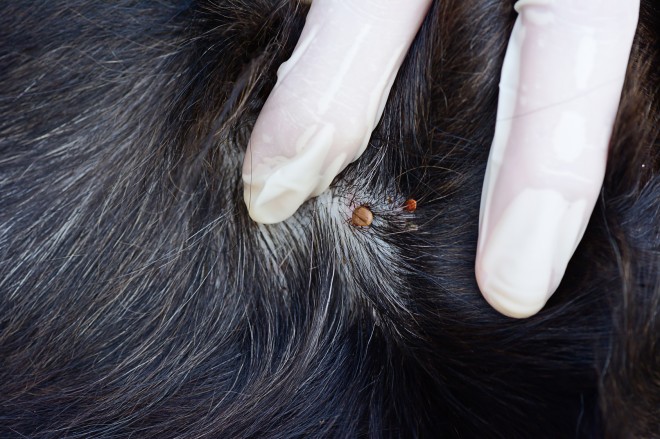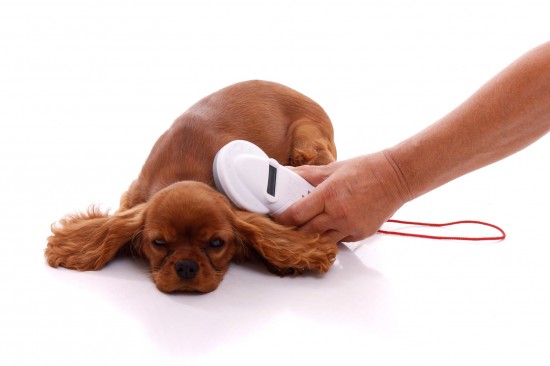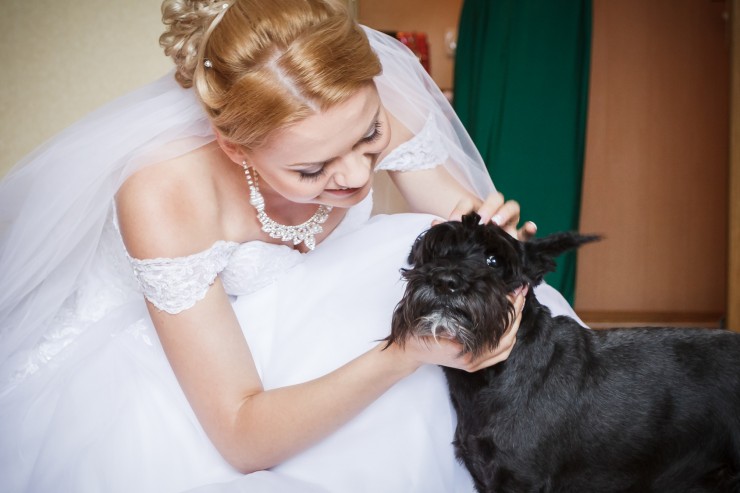

Not only is creating the perfect home for your bearded dragon an important part of being a responsible owner, it can be a fun and rewarding project too. Your bearded dragon’s home is not something you want to change regularly, so setting up an ideal home now to be used for several years to come is the goal. Therefore you need to make sure it will suit the needs as the dragon grows, and looks at home where it is placed in your home.
There are 5 main types of tank that is suitable for a bearded dragon. Details of these are as follows:
Probably the most commonly used type of tank is the glass aquarium. They are fairly inexpensive, and can usually be found needing a new home for free or a small charge in classifieds. It’s easy to clean glass and doesn’t take too long, so it can take a pride of place in your home.
The downside being that these tanks are heavy, especially if you treat your bearded dragon to a nice big one. You will probably not be able to move it once it’s set, so pick a good spot.
Melamine cages are made from melamine wood. There are plans available online to look into how to make one yourself, handy for those who think they are good with DIY and want a specific size cage. Otherwise they are readily available to buy in a range of different shapes and sizes.
The downside to melamine cages is that they are really heavy too like glass tanks. Plus, they are a lot more expensive.
Looking like a melamine cage and serving the same purpose, PVC cages are an alternative. They tend to be a little more expensive, but are lighter and look a lot smoother. These are a more modern take on the wooden cage, often more at home in a modern home.
An alternative to PVC cages are ABS made cages. ABS is a higher quality plastic, it’s even sturdier and weighs less. Often used in stores and by breeders because they are strong enough to be stacked, but also a good option around the home.
Vision cages are probably the best cages money can buy. They are professionally made, chemical resistant, have heat lamps tidily built into the roof, are lightweight, and look modern and stylish. If your budget allows for it, these are the types of cages you should be looking into. However, they are not cheap so expect to dig deep into your wallet.
Having a tank large enough to accommodate your bearded dragon is very important. Not only do they grow to the size of their environment, but they will suffer some health issues if they feel cramped.
Here is a rough guide to how much space they require:
Baby Dragons – Start with nothing smaller than a 20 gallon tank. This allows them space to learn about their environment and grow.
10-16” Dragons – Time to upgrade to a 40 gallon tank. They’ll need some space to chase those insects around and feel at home.
16”+ Dragons – The largest tank you will need is a 75 gallon tank. This is ample size for fully grown bearded dragons, although anything bigger is a bonus of course.
Bearded dragons come from humid, hot environments, often being able to bask in the warmth and sunlight for most of the day. So adding warmth and light to their tank will make them feel more at home. You will need to set up some full spectrum lighting in their tank, and a basking light. The basking light needs to be accessible so your dragon can get close to it. About 6-8” out of their reach is ideal, making a pile of rocks or something to climb on will do the trick.
Your tank should have the ability to house lights in the lid. You need a long full spectrum light, it will not just illuminate their tank but give off UVA and UVB rays. These are rays that bearded dragons need to keep healthy, they do a good job of mimicking the sunlight nutrients they would receive in the wild.
The basking light will provide somewhere for the bearded dragon to bask and be warm. You can pick these up by contacting reptile accessory suppliers. They tend to be quite large, so it’s something you need to think about if you are building or buying a tank that has not been used by a lizard before.
Like mentioned in the previous section, coming from Australia it’s a bit of a culture shock for bearded dragons to try and live in the UK climate. You will need to heat their tanks, and having a thermometer in there is strongly recommended, that way you will know if there are any problems.
Generally speaking a tank should be around 95-100oF in the area near the heat lamp, and around 85oF in other areas of the tank. This is because bearded dragons like having an area to bask in the heat, and somewhere to cool off.
Overnight you can let the temperature fall to around 70oF, this is perfectly acceptable for bearded dragons. Using the thermometers and keeping an eye on the tank for a few days you will get into a routine and understanding of how to moderate the temperature.
You will need to add a layer of bedding to the floor of the tank. A common mistake a lot of people make is using sand, it’s easy to assume this will do as bearded dragons live in sandy areas. But sand is not a good idea, no bedding material that is small, loose and can accidentally be eaten should be used.
The best materials to use are newspaper strips, paper towels, or specialist reptile carpet. All easy to replace and clean, and more importantly will not be accidently eaten when hunting live insects.
 How Do Dogs Catch Fleas, Ticks And Other Parasites?
How Do Dogs Catch
How Do Dogs Catch Fleas, Ticks And Other Parasites?
How Do Dogs Catch
 How To Travel Your Cat Safely
How To Travel You
How To Travel Your Cat Safely
How To Travel You
 Positive Steps To Safeguarding Your Dog From Being Stolen
Positive Steps To
Positive Steps To Safeguarding Your Dog From Being Stolen
Positive Steps To
 Are You Thinking Of Involving Your Dog In Your Wedding?
Are You Thinking
Are You Thinking Of Involving Your Dog In Your Wedding?
Are You Thinking
 All About The Saarloos Wolfdog
All About The Saa
All About The Saarloos Wolfdog
All About The Saa
Copyright © 2005-2016 Pet Information All Rights Reserved
Contact us: www162date@outlook.com